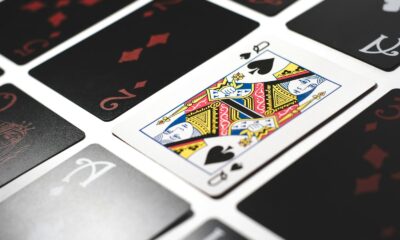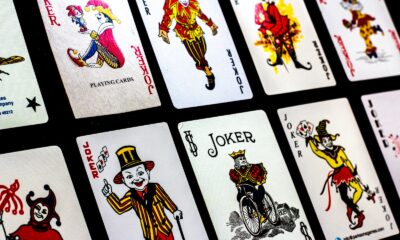Rules of the game
Old Table Tennis: Rules and Guide
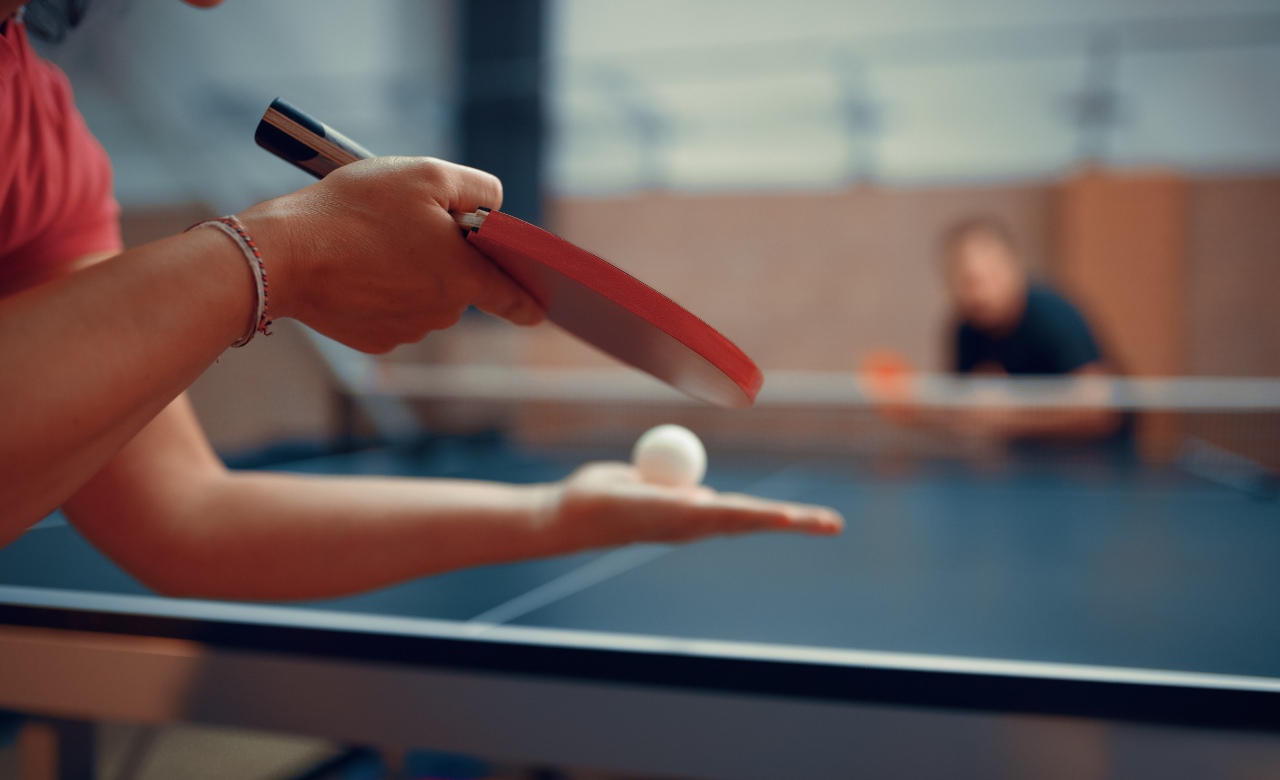
Welcome! Let’s dive deep into the exciting aspects of Old Table Tennis. Whether you’re curious about the game’s background or you want to master the classic rules, this could be your ultimate guide!
Introduction to Old Table Tennis
Have you ever wondered how table tennis began, and what rules the game originally followed? You are not alone. Table tennis has a rich and interesting history, and the old rules provide a fascinating insight into the origins of the game.
History of table tennis
The origins of the game can be traced back to 19th century England. From being a popular parlor game in the living room to becoming an official championship game on the international stage, the journey of Table Tennis has been truly inspiring.
Classic Table Tennis Rules
Classic Table Tennis rules were quite simple yet engaging. Unlike the complicated rules of today, these simple rules launched a thriving gaming community into what we see today.
| Aspect | Description | Facts and figures |
|---|---|---|
| Country of origin | England | Invented in the 19th century |
| Classic Rules | Simple rules | Created an engaging game structure |
| Evolution | Official championship game | The sport expanded globally |
| Curiosities | Originally called ‘Ping Pong’ | Changed name to Table Tennis later |
Background and history
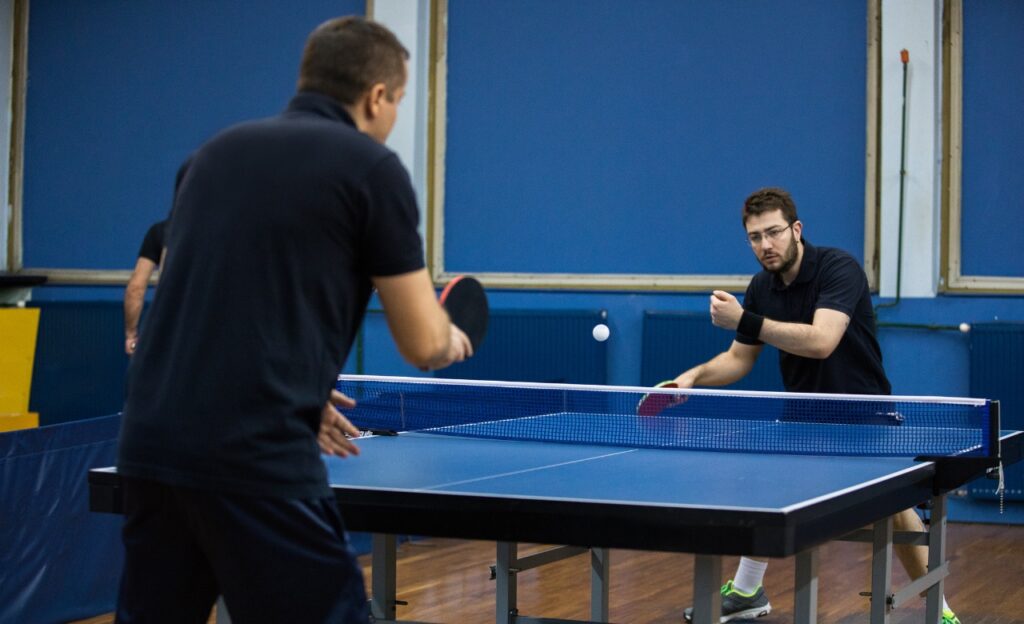
Table tennis or as many people know it, ping-pong, is a random, fast and extremely competitive game that has been entertaining people for over 100 years. The game was born out of Victorian England in the 1880s, table tennis grew from a simple after-dinner entertainment to a full-fledged international sport.
History of table tennis
Originally designed to be a more modern version of tennis, table tennis quickly became a distinctive sport. It took off in earnest in the late 1920s with the formation of the International Table Tennis Federation (ITTF). Just to give a quick overview:
- 1880: The idea of table tennis is born.
- 1926: The International Table Tennis Federation (ITTF) is founded.
- 1988: Table tennis is included in the Olympic program.
Classic Table Tennis Rules
A match consists of several sets and victory is determined by who wins the majority of them first. Normally the games are best of five or best of seven. The first player to reach 11 points wins the set. If the score is 10-10, the set continues until one player wins by two points. A change of server occurs after every six points.
Equipment
The table tennis table has standard dimensions of 2.74 meters long, 1.525 meters wide and 76 cm high. The tables are usually made of wood or similar material and are divided by the net in the middle. Table tennis balls are usually made of celluloid or similar plastic material, and the racket is usually leather on one side and rubber on the other.
Equipment
It’s no secret that the right equipment plays a crucial role in any sport, and table tennis is no exception. Having the right gear can really make a difference in your game, whether you’re just playing for fun or aiming to go pro. As with any game, table tennis requires a range of specific equipment to be played properly.
Playing field and table
When it comes to the actual playing field, more commonly known as the table, there is important information to know. A standard table tennis table should be 274 cm long, 152.5 cm wide and 76 cm high. The surface should be dark in color and divided by a white line down the middle. The net itself should be 15.25 cm high.
Table tennis balls
The ball also has important specifications. An official table tennis ball has a diameter of 40 mm and should weigh 2.7 grams. It should be round and of good quality to ensure smooth play.
Game equipment for the players
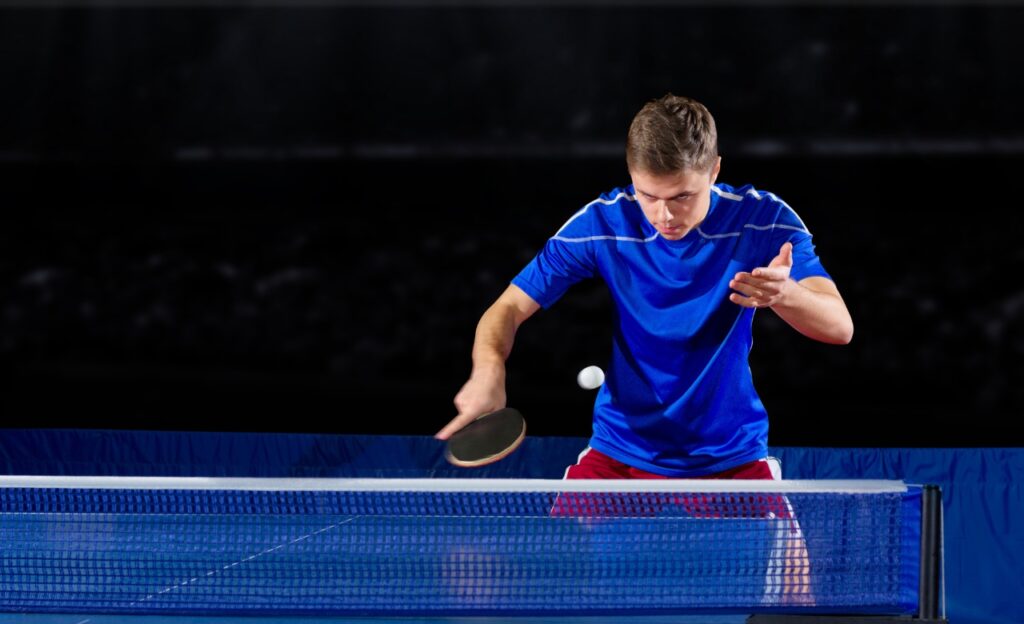
Game equipment for players includes rackets and proper attire. The racket differs from player to player, this is due to their own playing style. Clothing should be comfortable and allow good mobility.
- Rackets: Table tennis rackets usually consist of a piece of wood surrounded by high-quality rubber that can have different thicknesses and structures to organize different strokes and rotations. Racket design varies between players and can be tailored to a player’s unique playing style and needs.
- Clothing: Clothing should be comfortable and free from sleeves and trouser legs that can catch the ball.
- Shoes: Table tennis shoes are designed to give players speed, agility and stability. They usually have a flat sole to avoid slipping on the floor, which is essential to prevent injuries.
Objectives of the game
The main objective of the game of table tennis is simple. Each player tries to create a situation where the opponent cannot make a correct return. This can happen by either making the ball bounce twice on the opponent’s side of the table, or by forcing the opponent to hit a ball that goes off the table. In short, every round of table tennis can be considered a battle where the goal is to make the opponent make mistakes.
Rules and game structure
Table tennis rules have evolved over time to ensure fair and exciting play. Now let’s dig deeper into the main rules and how a table tennis match is played.
Purpose of the game
The aim of the game is not only to score points, but also to extend the game as much as possible. More time at the table means more practice, more skill and more chances to spin the ball out of your opponent’s reach. The ultimate goal for table tennis players is not only to win, but also to try to improve their technical skills through interval training and game practice.
Order of play and catering
The server order in table tennis is usually determined by throwing a coin. The winner can either choose to serve first or choose a side of the table. Serving needs to rotate after every other point until the match ends. The player who serves first in each set also gets to decide which side of the table they want to start on.
Line-up of players
In singles, players do not have to remain on their side of the table during the game, but in doubles, each team member must stand on their own half of the table and take it in turns to hit the ball. Fortunately, there are no specific rules about where a player needs to stand on their side of the table.
Serving
While serving, the ball must first bounce on the server side before going over the net. After that, the ball must bounce on the opponent’s side of the table. If the ball does not bounce on both sides of the table, or if it hits the net before it reaches the opponent’s side, it counts as a faulty service.
Service reception
Receiving serves in Table Tennis requires both technology and strategy. First of all, the receiver should position himself just behind the table and be ready to move quickly in reaction to where the server hits the ball. The receiver should try to anticipate the server’s movements and where the ball will land on the table. Skilled receivers may even try to hint at a particular stroke to confuse their opponents.
Basic rules for blows and returns
When you return the ball, there should be at least one bounce on your side of the table. The ball is excluded if it bounces several times on the same side, and players are not allowed to touch the table with their hand or bat while playing. A point is scored if the opponent hits the ball incorrectly, i.e. if the ball does not hit his own side first, if the ball does not go over the net, if the ball goes off the table, or if the opponent hits the ball before it has bounced on his side.
Rules of the game
Yatzy: Rules and Guide

Welcome to our comprehensive guide and rules collection for the classic dice game Yatzy. Here you will find everything you need to take your Yatzy game to the next level, whether you are a beginner or an experienced player.
What is Yatzy?
Yatzy is a dice game originally from Scandinavia. The game is simple but exciting, based on chance but with a touch of strategy. Yahtzee is hugely popular because of its simplicity and excitement.
Game materials
To play Yatzy, you will need the following game materials: a set of five dice, a Yatzy form (scratch paper) and a pencil to keep track of scores.
Dice
Yatzy uses five six-sided dice. Each side of the dice has between 1-6 dots, representing the different values.
Graffiti paper
The special scratch paper is used to track and calculate the player’s progress and score throughout the game.
Pencil
A pencil is used to write down and summarize the scores on the yatzy form.
| Game materials | Description | Usage |
|---|---|---|
| Dice | 5 pieces, six-sided | Beat and count points |
| Graffiti paper | Yatzy form | Track and summarize points |
| Pencil | Single printer | Write down and summarize scores |
Rules of the game
Mastering Yatzy starts with knowing the rules intimately. The dice game has the following wonderful aspects that make it both exciting and complicated:
- Structure: Yahtzee involves rolling five dice to create different combinations, with the aim of achieving the highest possible score.
- Switching: Each round, the player can save any dice and roll the remaining dice two more times. After the three rolls, the player scores points depending on the combination of dice they received.
- Parameters: Highest results come from completing all 15 categories with the best possible scores. This includes single numbers, three of a kind, four of a kind, small and large straight, full house, chance and Yahtzee (all dice the same).
Objectives of the round
Getting a high-scoring combination is the goal of the round in Yahtzee. The player should try to make the best possible choice with the throws they have to optimize the result. In some rounds you may be aiming for a big Yatzy (all dice showing the same number) while in other rounds you may be aiming for a small or big straight (sequence of numbers).
Rules of the game
In Yatzy, the turn is always clockwise from the first player. The starting player continues with their three throws, and then the next player takes over. This continues until all players have had their turn. Following the order provides an orderly and fair gaming experience for all participants.
Number of rounds
A complete round of Yatzy consists of 15 rounds – one for each category on the score sheet. This means that all players will have the opportunity to try to fulfill each category once per game. The amount of rounds provides enough skill and strategy while keeping the game interesting and entertaining.
Categories
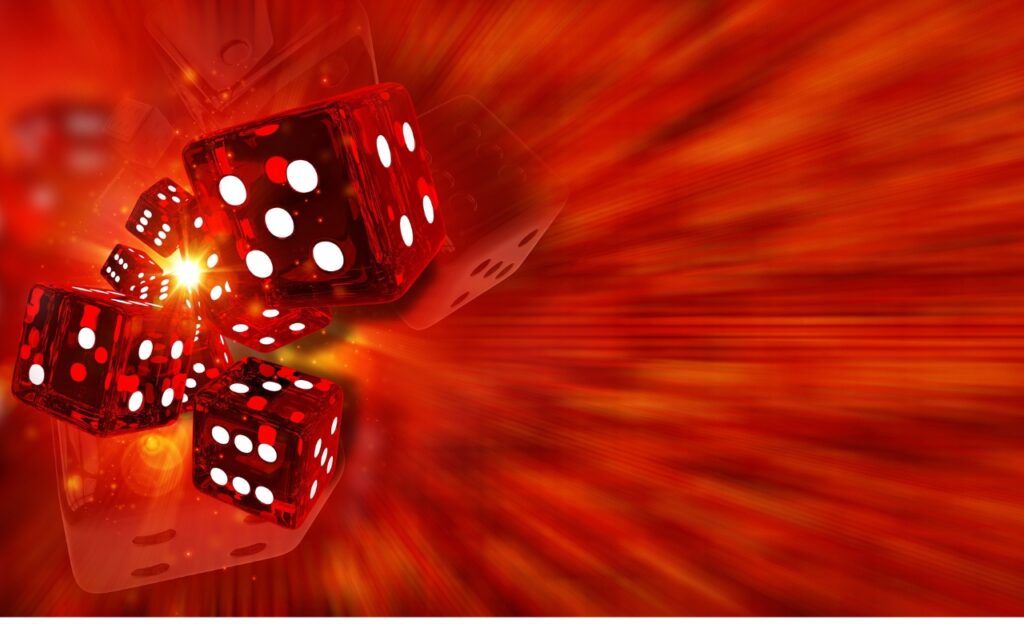
What would a game of Yatzy be without its famous categories? Yatzy is not only a dice game, it is also a game of strategy and tactical maneuvering. You probably already have a good idea of basic categories like ‘ones’, ‘twos’ and ‘fives’, but let’s dive deeper into it.
- 1s to 6s: Issued at face value.
- Pair: The player tries to get two of the same number.
- Triss: Where the player aims to get three dice rolls with the same number.
A few advanced categories include “small ladder”, which requires a combination of 1,2,3,4, and 5, and “large ladder”, which requires 2,3,4,5, and 6.
Example round
Let’s take a look at a sample round of Yahtzee, so you get a clear picture of how the game progresses. We have Maria and Johan playing. Maria starts the round by throwing the dice. She gets a pair of threes, a two, a four-leaf clover and a five. Doesn’t a pulley provide pretty good steady play?
Winners of the game
If you’re wondering how the winner of a Yatzy game is determined, it’s quite simple. It’s pretty much about scheduling and optimizing your scores across each round. Usually the player with the highest total points is considered the winner. But remember, chance and skill are equally important here.
Yatzy rules
Finally, let’s take a quick look at some basic yatzy rules. It is always good to refresh basic game rules, whether you are a beginner or an experienced player:
- Dice roll: Each player gets up to three rolls per round.
- Bonus points: If a player achieves at least 63 points in the upper sections, they receive a bonus of 50 points.
- Throwing order: The throwing order is by the clock, unless other rules have been decided.
Now you know more about yatzy categories, what a round looks like, how to win the game and the basic rules. Good luck with your next game!
Simple Yatzy
Simple Yatzy, as the name suggests, is the more basic version of the game. It is a simple and fun activity that players of all ages can enjoy. You only need five dice, a sheet of paper and a pencil to start. Fun, quick and easy to learn, Simple Yahtzee is the perfect introduction to dice games.
Difficult Yahtzee
On the other hand, difficult Yatzy offers a greater challenge for more experienced players. With its complex rules and greater professional emphasis, this version requires more tactics and strategy, making it ideal for players looking for a more engaging and thoughtful gaming experience.
Strategy and Tips
1. focus on the top of the form
In Yatzy, it is important to get good scores in the top part of the score sheet. If you manage to achieve a total of at least 63 points here, you will receive a bonus, which can be crucial to winning the game.
2. Strive for Yatzy bonus
Another important strategy is to aim for the Yatzy bonus. This is when you roll all the dice and get five of the same number. If you can achieve this, you will receive a significant points bonus.
3. Track your results
Important to track all your results. This allows you to see which categories you are strong in and which you need to improve. It also gives a good idea of how you stand compared to other players.
4. Taking risks at the right time
Sometimes it is worth taking risks. For example, if you are on the verge of getting bonus points on the top part of the form, it might be worth taking a chance on hitting another six, rather than playing it safe and just putting together a smaller number.
5. Pay attention to your opponents’ scores
It is always good to keep an eye on how your opponents are doing. If they have a strong point spread, it might be smart to adjust your tactics and start targeting higher numbers.
Yatzy Guide
Basic gaming strategies
Yahtzee is not only a game of chance, it also requires some strategic thinking. One example is deciding when to use your saving throws. Roll the dice that give you the best chance of achieving a high score and make your bet accordingly.
Optimal throwing strategies
Choosing the right throwing strategy is also very important in Yahtzee. Sometimes it is better to save a higher dice instead of betting on a combination that gives you more points now, but may be harder to achieve later.
Understanding of categories
Another important part of the Yahtzee game is understanding the categories. These include single numbers, pairs, dice, fours, small ladder, big ladder, full house and of course, Yahtzee.
Tactics to maximize points
There are several tactics that can be used to maximize your score. One of these is to aim to complete the most difficult categories first, such as Yahtzee and the Grand Ladder.
Rules of the game
How to Count in Padel: Rules and Guide

Let’s dive straight into the world of Padel. An exciting ball game that has become incredibly popular thanks to its playful nature and enjoyable rules. But how do you count in padel? Don’t panic, here we will go through it step by step.
Padel is a racket sport with simple rules that can be easily understood and applied. In this guide, we will delve into these rules and at the same time cover some tips to improve your game.
Basic rules
Before going into details, let’s first look at some basic rules of Padel. These are mainly aimed at beginners or those who just want to refresh their knowledge.
The padel court
The padel court is slightly smaller than a regular tennis court and is surrounded by glass walls or window nets. A central mesh divides the track into two parts. Each player has four chances to hit the ball over the net and keep the game going.
Gaming equipment
Game equipment includes Padel rackets and balls. The rackets, which resemble large beach tennis rackets, are made of a hard composite material with many holes. The balls are slightly smaller than tennis balls and have a lower bounce.
| Padel rules | Description | Tips |
|---|---|---|
| The padel court | A small tennis court with glass walls or window nets. | Practice using the walls to your advantage. |
| Gaming equipment | A padel racket and smaller balls with less bounce. | Buy a good quality racket and the right balls for the best results. |
| Points | Scoring is similar to that of tennis with some variations. | Understand the scoring to follow the game properly. |
| Padel rules | There is a hierarchy of types to follow. | Learn the rules properly to become a good player. |
Scoring system

Padel, like many other racket sports, has a unique scoring system. A basic understanding of this system is essential give your game strategy a direction and learn how to count in padel rules. Here are some key facts:
- Winning points: A team wins a point when the opposing team fails to return the ball correctly.
- Games and sets: A paddle game consists of different “games”, with each game being a mini-competition within the match. A team wins a set consisting of 6 games (with at least a 2 game margin).
- Match win: Generally speaking, the first team to win two sets wins the match.
Counting of points
In padel, points are counted slightly differently compared to other sports. Each game starts at 0 (also known as “love”), with the score increasing to 15, 30 and 40. If the teams reach 40-40 (“even”), one of the teams must win two consecutive points to win the game.
Servera
A proper serve is essential to start every game on the right foot. Special rules apply to servers in padel, and these are crucial to understand in order to effectively learn how to count in padel rules.
First service
The person serving must hit the ball into the ground in the serving box. If the serve does not land correctly, the player gets a second chance to hit a correct serve.
Other services
If the first server fails, the player gets a second server, which should be beaten in the same way as the first. If the second server also fails, the points go to the opposing team.
Strategy and Tactics

An important part of counting in padel has to do with exuding the right strategy and tactics. Let’s look at some basic components.
Communication and cooperation
In padel like any other team sport, communication and cooperation are two crucial factors for success. Working together and understanding your partner’s movements can help you create many more opportunities to score and also defend your court more effectively.
Key tips for collaboration and communication include
- Preliminary tasks: Decide who takes which balls during the game.
- Communicate: Keep the dialog going during the match.
- Understand your partner: Be aware of your partner’s strengths and weaknesses to adapt your game strategy.
Positioning on the track
Your position on the court is of utmost importance in padel. A bad position can give your opponents an opportunity to attack and a good position can help you defend and even counter-attack.
Defense positions
Defense is important in any game and padel is no exception. Placing yourself in the right defensive position can become critical to defend an attack or to turn a difficult ball into an opportunity.
Attack positions
But games are not just about defense. Being able to place yourself and your partner in the right place at the right time can allow you to take over and dominate the game. Therefore, you need to understand and be comfortable with different attacking positions in padel.
Remember, success in padel requires more than just the talent to hit the ball. Strategy and tactics play a huge role and they will determine how you count in padel.
Use of walls

When it comes to padel, the walls are not just part of the court – they are an integral part of the game. Mastering the art of using walls can really give your game an edge. The first step is to understand the rules.
In padel, the ball must bounce off the walls before the players can hit it. This differs significantly from tennis, where the walls are considered “out” areas. By using them correctly, you can take your opponents by surprise and even give the serves an extra twist.
Variety of games
Varying your game is another strategy to master in padel. By changing the pace, direction or power of your punches, you can keep your opponents on their toes. This will prevent them from becoming too comfortable and adapting to your movements.
Smasher
Smasher is a technique where you hit the ball with maximum force, often in a downward direction. The goal is to have the ball bounce on your opponent’s side of the court and then go out of bounds. It is a difficult technique to master, but when performed correctly it can be particularly effective.
Praise bar
The next technique to consider is the lobe. The lob involves hitting the ball high above your opponents’ heads, with the aim of getting them out of position. This then gives you the opportunity to either attack with a smash or to set up the next blow.
Drop shots
Last but not least, we have drop shots. These strokes are performed by lightly sending the ball over the net, as close to the net as possible. The goal is for your opponent not to reach the ball before it bounces twice. This requires precision and finesse, but can give the player a strong advantage.
Summary
Padel is a game that requires both technical skill and tactical ability. Mastering the use of the wall, the variety of shots and the strategy behind the game can help you become a better player. And don’t forget that practice makes perfect. So grab your racket, get out on the court and start playing!
Frequently asked questions – FAQ
Can the ball bounce off the walls in padel?
Yes, in padel it is not only allowed, but it is actually part of the game to let the ball bounce on the walls before hitting it.
Which strokes are often varied in padel?
Typical variations of shots in padel include smashes, lobs and drop shots. Each has its own advantages and best use situations.
How can you get better at padel?
To get better at padel, you need both practice and strategy. But learning to use the wall effectively and varying your shots can give your game a big advantage.
Rules of the game
Thief and police: Rules and Guide

Here is your guide to the rules of the game “Thief and Policeman”. It is an exciting and strategic card game that is fascinating to play and to master. It can be played by two or more players and is as much fun at family gatherings as it is on a soft evening with friends.
Objective of the game
As with most card games, the goal of “Thief and Policeman” is to win, in this case by being the first player to get rid of all their cards. This requires both tactical thinking and skillful use of the various cards.
Preparations
Preparing for a round of ‘Thief and Police’ is easy. You need a deck of cards (or two, depending on the number of players) and an open mind for strategy. All cards are shuffled and divided evenly among the players.
Value and ranking of the cards
In “Thief and Policeman”, all cards have the same value, but the order is important. Ace is highest, followed by King, Queen, Jack and the number cards in descending order. But note that the ace can also be the lowest card.
| Number of players | Number of cards | Time to play |
|---|---|---|
| 2-6 | 52 | 20-60 minutes |
| 7-10 | 104 | 30-90 minutes |
Basic rules of the game

Thief and Cop is a hugely popular card game that can be played by both adults and children. A fascinating game where you need to use both luck and skill to win. The basic rules of the game are simple, but the outcome can be unpredictable.
- Number of players: To play Thief and Policeman you need two players.
- Card spread: A standard 52-card deck should be used, without jokers.
- Objective of the game: The objective of the game is to collect all the cards in the deck.
Thief and Police
Thief and Cop card game rules are easy to understand, but there is still a lot of strategy involved. Players’ roles as ‘Thief’ and ‘Police’ change dynamically throughout the game, keeping each round fresh and interesting.
The course of the game
The game starts with all the cards being well shuffled and dealt equally between the two players. The starting player (the thief) draws the top card from his stack and places it face up in the center. If the card is a ‘Policeman’, the opponent may take all cards from the center. The player with the most cards at the end of the game wins.
Tactics and strategy
As with any card game, there are a variety of tactics and strategies for Thief and Policeman. These include keeping a close eye on what cards your opponent is laying down, trying to trick your opponent into thinking you have more ‘Police’ cards than you actually do, and being careful about laying down your highest ranked cards too early. With the right strategy, you can often turn a difficult game in your favor.
Tips and tricks

To create an advantageous position in the “thief and cop” card game, I recommend some smart tips and tricks. Firstly, always keep an eye on the cards your opponents take – it can give you insight into their strategy. Secondly, if possible, avoid becoming a “cop” at the beginning of the game. Each role has its own unique advantages but it is generally better to be a ‘thief’ in the early stages of the game. Finally, remember to have fun. Despite all the strategy, don’t forget to enjoy the game.
- Eye open: Be observant to understand your opponents’ strategy.
- Avoid becoming a cop early on: Be a “thief” in the early stages of the game to create an advantage.
- Enjoy the game: Despite all the strategy, remember to have fun.
Frequently asked questions and answers
Maybe you have some questions about the “thief and police” card game. Some common questions include: “How many cards should each player have?”, “Which strategies are most effective?”, and “How do I play best tactically?”. The answers to these questions may vary depending on the number of players and the unique dynamics of the game, but in general, basic strategies and rules of play can help you gain a better understanding of the game.
Variations and game suggestions
Sure, “thief and cop” can look different from game to game, but there are also ways to add variety to the game. For example, you can introduce new rules, like a special feature for the “police” or changing the values of certain cards. You can also play with different numbers of players or try a tournament format. With these small variations, you can keep the game interesting and challenging for all participants.
Concluding thoughts
Playing “thief and cop” is not only a fun pastime, but it also builds your strategic skills. With the right mix of strategy, luck and a positive attitude, there’s no reason why you can’t become a master at this game. Remember, no matter how intense the game may be, the most important thing is to always enjoy the game and have fun together!
Summary
A good place to start understanding the basics of the Thief and Policeman card game is to understand the basic rules. This includes knowing how to prepare, set up the game and how the cards are valued. Whether you are a beginner or an experienced player, you will appreciate the insights offered here. There are also strategies to consider that can help you improve your game. Especially important is knowing different tactics and tactical maneuvers that can help you prevail.
Frequently asked questions – FAQ
What is the most important thing to keep in mind when playing thief and cop?
The most important thing to keep in mind when playing thief and cop is to always pay attention to your opponents’ movements. Try to always have an idea of what cards they might have left in their hand, and what strategies they might use.
Is there a specific strategy I should follow?
When it comes to strategy in Thief and Cop, it’s good to try different tactics to see what works best for you. Some players prefer a more defensive strategy, while others go for the offensive. It’s worth experimenting with different styles to find the one that best suits your style of play.
What can I do to become a better thief and police officer?
Getting better at thieving and policing takes time and practice. But there are also other factors to consider, such as learning more about different tactics and understanding the rules of the game in detail.
Can you play thief and cop online?
Yes, there are many different platforms where you can play thief and cop online. This can be a great way to practice your skills and learn the game before challenging friends or family.
-

 Card game1 year ago
Card game1 year agoSkipbo – Game rules and guide
-

 Rules of the game1 year ago
Rules of the game1 year agoYatzy: Rules and Guide
-
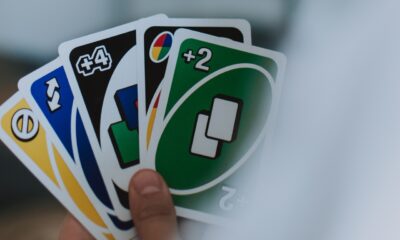
 Card game1 year ago
Card game1 year agoUno Games: Rules and Guide
-

 Card game1 year ago
Card game1 year agoRummy: Rules and Guide
-

 Rules of the game1 year ago
Rules of the game1 year agoMonopoly: Rules and Guide
-

 Blog7 months ago
Blog7 months ago4 Up 4 Down Card Game Rules: Your Ultimate Guide to Mastering the Game
-

 Blog7 months ago
Blog7 months agoHow Deep Will You Go Card Game: A Complete Guide to Rules and How to Play
-

 Rules of the game1 year ago
Rules of the game1 year agoYatzy Bonus: Rules and Guide

